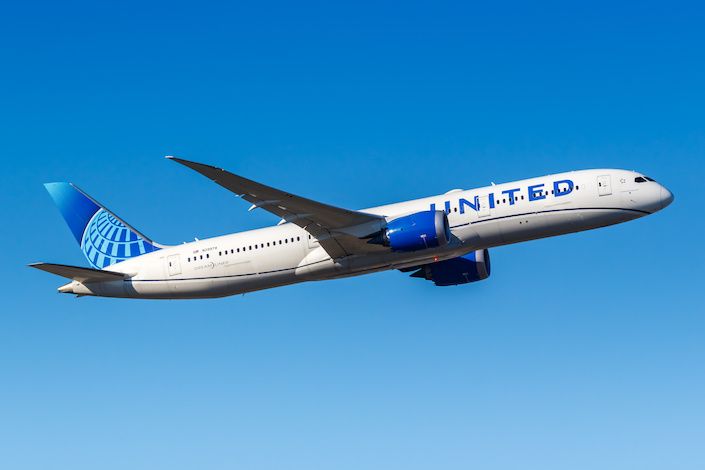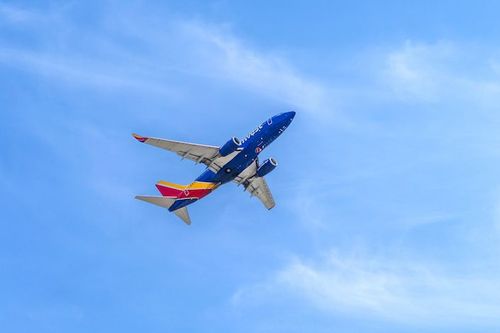Where travel agents earn, learn and save!
News / United Airlines schedules its 1st airbus A321neo flights
The first A321neo services will be based out of Chicago-O'Hare International Airport and fly to sunny leisure destinations in the south.

Back in 2021, United Airlines made waves, placing a massive order for the A321neo and A321XLR. The carrier, a legacy operator of the Boeing 757, is in need of new long-range, high-capacity narrowbody aircraft to replace its aging 757-200 and 757-300 fleet. With a balance of range, performance, capacity, and efficiency, the latest versions of the A320 family are the carrier's ideal replacement. Earlier this summer, the carrier revealed it had selected Pratt & Whitney engines to power its fleet.
The order, which consists of 70 A321neo jets and 50 A321XLR aircraft, is set to commence deliveries later this year, and today we received our first indication of where United intends to deploy its first aircraft. All initial A321neo services launched by United will be based out of Chicago-O'Hare International Airport (ORD) and fly to secondary cities and sunny leisure destinations across the country's south.
The services themselves
United has revealed five destinations that will see A321neo service from Chicago-O'Hare, three of which are destinations in Florida, and the remaining two are in the American Southwest. On December 14th, United will operate its inaugural A321neo flight between ORD and Phoenix-Sky Harbor International Airport (PHX). The airline will also commence service from O'Hare to Fort Lauderdale-Hollywood International Airport (FLL) on the same day.
A few weeks later, on January 9th, the airline will commence service to the remainder of the destinations identified today, including Orlando International Airport (MCO), Southwest Florida International Airport (RSW), and Harry Reid International Airport (LAS) in Las Vegas.
Route | Launch date | Find flights |
Chicago - Phoenix | December 14 | |
Chicago - Fort Lauderdale | December 14 | |
Chicago - Orlando | January 9 | |
Chicago - Southwest Florida | January 9 | |
Chicago - Las Vegas | January 9 |
How does United currently operate these routes?
In order to better understand the effect that United's new aircraft will have on its fleet, it is important to look at the aircraft the carrier is currently using to fly these routes. As of 10 September, United operates flights between Chicago and Phoenix using a combination of Boeing 737-900, Boeing 737 MAX 9, and Boeing 737-800 jets.
Between Chicago and RSW, the carrier exclusively uses older 737 Next Generation aircraft. By using A320neos on this route, the airline will increase capacity significantly. The 737-800, for example, seats 166 passengers, while the A321neo will be configured to carry 200.
In terms of the Florida routes, the carrier uses similar aircraft. Between Chicago and Orlando, United operates five daily flights split between 737s (primarily the 737 MAX 9) and 757-300 aircraft. Between ORD and Fort Lauderdale or RSW, the carrier employs the 737 family. For flights replacing the MAX 9, capacity will be increased from 179 to 200. There's still not as much as is provided by the 757, with the -300s seating 234 passengers.
With no direct replacement pathway for the aging 757s, airlines like United are turning to Airbus' largest narrowbody in search of the maximum capacity from a modern narrowbody aircraft. Boeing's MAX 10 has the theoretical capacity to seat up to 230 passengers, but as a full-service carrier, United won't be putting so many seats on board. It has indicated at least 20 will be lie-flat business class seats, with a further 64 dedicated to economy plus, so we can expect an overall capacity of around 180 or so.
As such, airlines like United, who have relied on the 757 for efficient mid- to long-range operations over the years, will continue to shift away from Boeing for their high capacity needs as they look for replacements for these narrowbodies.











